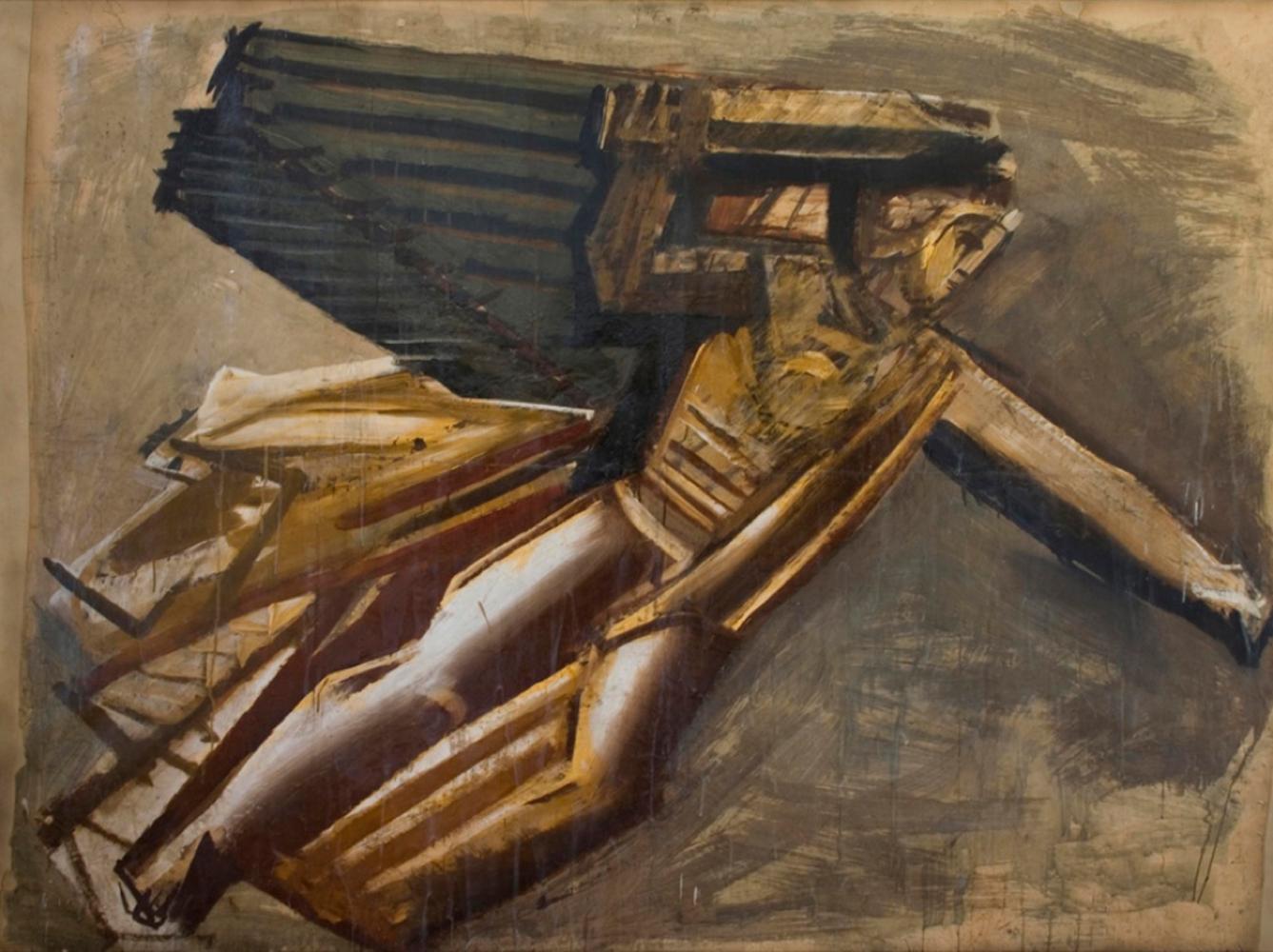As a fascism junkie I couldn’t resist ordering and reading the last work of the eminent historian Renzo De Felice (1929-1996) on a subject to which he devoted more than thirty years of his life. This preoccupation also led De Felice to produce an eight-volume study centered on the life of Benito Mussolini. In the foreword to Breve Storia del Fascismo (A Short History of Fascism), Falco Quilici, a friend of the late author, notes the extreme care with which De Felice searched all available archives for his massive research project. Moldering piles of scrap paper ( tutte pile di scartoffie) bearing on his subject found anywhere in Italy attracted the author’s attention; and he would personally search through these dusty piles for new data even after publishing his gargantuan work.
This short history of fascism that relates both the movement and its leader to the interwar period summarizes the leading points in De Felice’s eight-volume work. An astonishing fact for those who know little about the struggle between fascists and the Resistance in Italy is the relative paucity of those involved on either side of this confrontation that unfolded in the fall of 1943, between a German-controlled Italian fascist regime and various leftist militant groups. Only about 4 million Italians out of a total Italian population of 44 million played any role in this struggle.
The “myth” of a massive Resistance came along later to generate the useful image of the Italians as an antifascist people. The revenge wrought on collaborators was far more ruthless and indiscriminate than any persecution that Mussolini while in power initiated. Clearly the Salo Republic that il Duce presided over, in name only, which was established in Northern Italy after the Germans rescued Mussolini from internment (and after the King and the fascist Gran Consiglio had removed him from power and imprisoned him on July 25, 1943) behaved quite brutally. But this happened mostly owing to the de facto imposition of a Nazi German regime.
De Felice points to the aspect of overcompensation that characterized Italian fascism. The Italian peninsula was never truly unified in the nineteenth century by the House of Savoy based in Turin. Despite the presence of a national government and the availability of literature and operas that stressed Italian solidarity, deep regional and social divisions remained after the country’s apparent unification. The North and South were culturally and economically divided; and the owners of industry and the latifundia that dotted the Italian countryside stood in opposition to a radicalized working class and impoverished peasants.
Efforts were made to resettle Italian population, particularly from the south, in North African colonies, but in 1896 the Italians lost 18, 000 soldiers to 88,000 Abyssinian warriors in the Battle of Adua, a national humiliation that Mussolini tried to erase by attacking Ethiopia in 1936.
There was also the hope among Italian nationalists in the late nineteenth and early twentieth century that their country might complete the work of unification by taking the South Tyrol and Istria, on the Adriatic Coast, from the Austro-Hungarian Empire. That goal drove the Italian government into the First World War against the Central Powers, a disaster that resulted in 531, 000 lost lives and which did nothing to improve the country’s economic condition. We might also note that between 1890 and 1920 Italy lost 4 million of its countrymen to the US. 10 percent of our immigrants then arrived from Italy, and almost all of them came from the Mezzogiorno, the region extending south from Rome into Sicily.
The fascist regime was intended to overcome those problems left from Italy’s faulty unification in 1870. The parliamentary system that it put in place added to political difficulties by creating a spoils system between alternating ruling coalitions. Mussolini’s tirades against “the fetid corpse of liberalism” were aimed at the parliamentary corruption that preceded his advent to power in October 1922. A unified state, or one that claimed to be such, was the fascist response to Italy’s failed experiment in self-government.
According to de Felice, the Fascist Party of Italy remained in “a secondary position” relative to the Italian fascist state and indeed “could be easily sacrificed if the superior needs of the state required it.” Unlike the German National Socialists or the Soviet Communist Party, Italian fascism placed the state above party, race or just about anything else. This “fascistization of the state” presupposed the operation of a Duce, who would mediate social differences. This figure was indispensable to the entire balancing of interests and stood above the Italian monarchy and a subservient party structure.
A “totalitarian state,” or at least one that claimed to be such, would help Italy, or so it was hoped, rise above internal disunity and economic scarcity. This Italian state was seen to exemplify a “national revolution,” and so it claimed to fuse the nation with the political order. Despite the stunning architecture, marches, and iconography that came out of the fascist experiment, its creative answer to Italy’s earlier failed national revolution did not end well.
Paul Gottfried, Ph.D., is the Raffensperger Professor Emeritus of Humanities at Elizabethtown College (PA) and a Guggenheim recipient. He is the author of numerous articles and 15 books, including, Antifascism: Course of a Crusade (forthcoming), Revisions and Dissents, Fascism: The Career of a Concept, War and Democracy, Leo Strauss and the Conservative Movement in America, Encounters: My Life with Nixon, Marcuse, and Other Friends and Teachers, Conservatism in America: Making Sense of the American Right, The Strange Death of Marxism: The European Left in the New Millennium, Multiculturalism and the Politics of Guilt: Towards A Secular Theocracy, and After Liberalism: Mass Democracy in the Managerial State. Last year he edited an anthology of essays, The Vanishing Tradition, which treats critically the present American conservative movement.
The featured image shows, “Vittoria Alata” (Winged Victory),” by Mario Sironi, painted in 1935.
